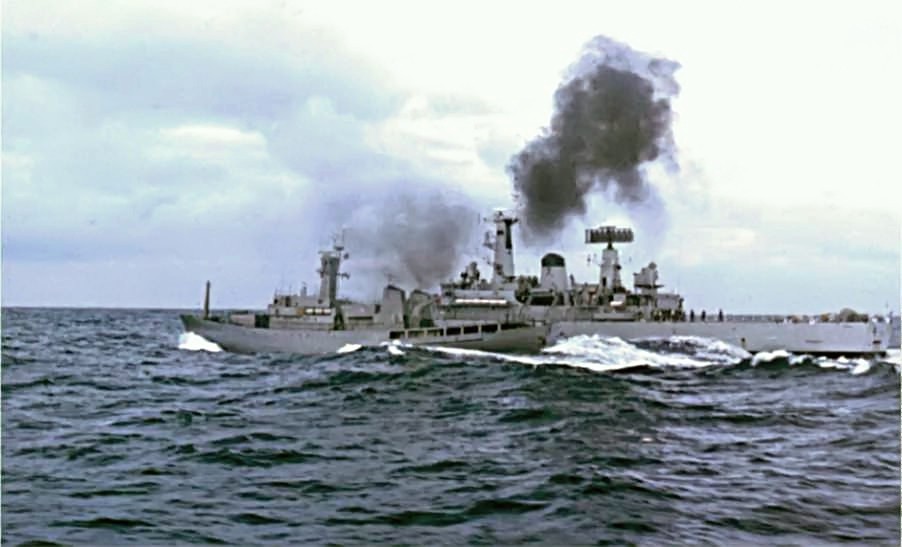The Cod Wars
Legacy
The First Cod War would not satiate Iceland’s desires for territorial expansion - in the 1970s, fishing stocks would severely decline, motivating Icelandic citizens to call again for expansion.

Odinn (Iceland) & HMS Scylla (Britain) Clash, Wikimedia
In the Second Cod War, Iceland would obtain a 50 mile fishing limit, defying NATO and the International Court of Justice through a mixture of threats against NATO membership and the Keflavik base. In the Third Cod War, aided by growing international support for a 200 mile limit and more threats, Iceland would obtain a 200 exclusive fishing limit, which was codified internationally in 1982, following the 3rd United Nations Convention on the Law of the Sea.
Soviet Planes Watching British Trawlers, 1973, AP Archive
Henry Kissenger, 1973, AP Archive
The Cod Wars are remembered today as remarkable lessons in the use of diplomacy and international politics. Iceland, a pacifist nation with limited international standing, forced world superpowers - the United States and Britain - to bow down its demands. Using negotiation skills and well executed political gambles, Icelandic politicians successfully assessed and leveraged their nation’s geographical and political importance on the world stage to protect Iceland’s vital fisheries for the years to come. However, it came at the cost of the livelihoods of British trawlermen, who had their industry destroyed by fishing restrictions. Since then, they have received compensation from the British government. America’s valued airbase slowly shrank following the Cold War, and closed in 2006. Iceland’s economy has diversified beyond cod fishing, and Anglo-Icelandic relations have recovered.